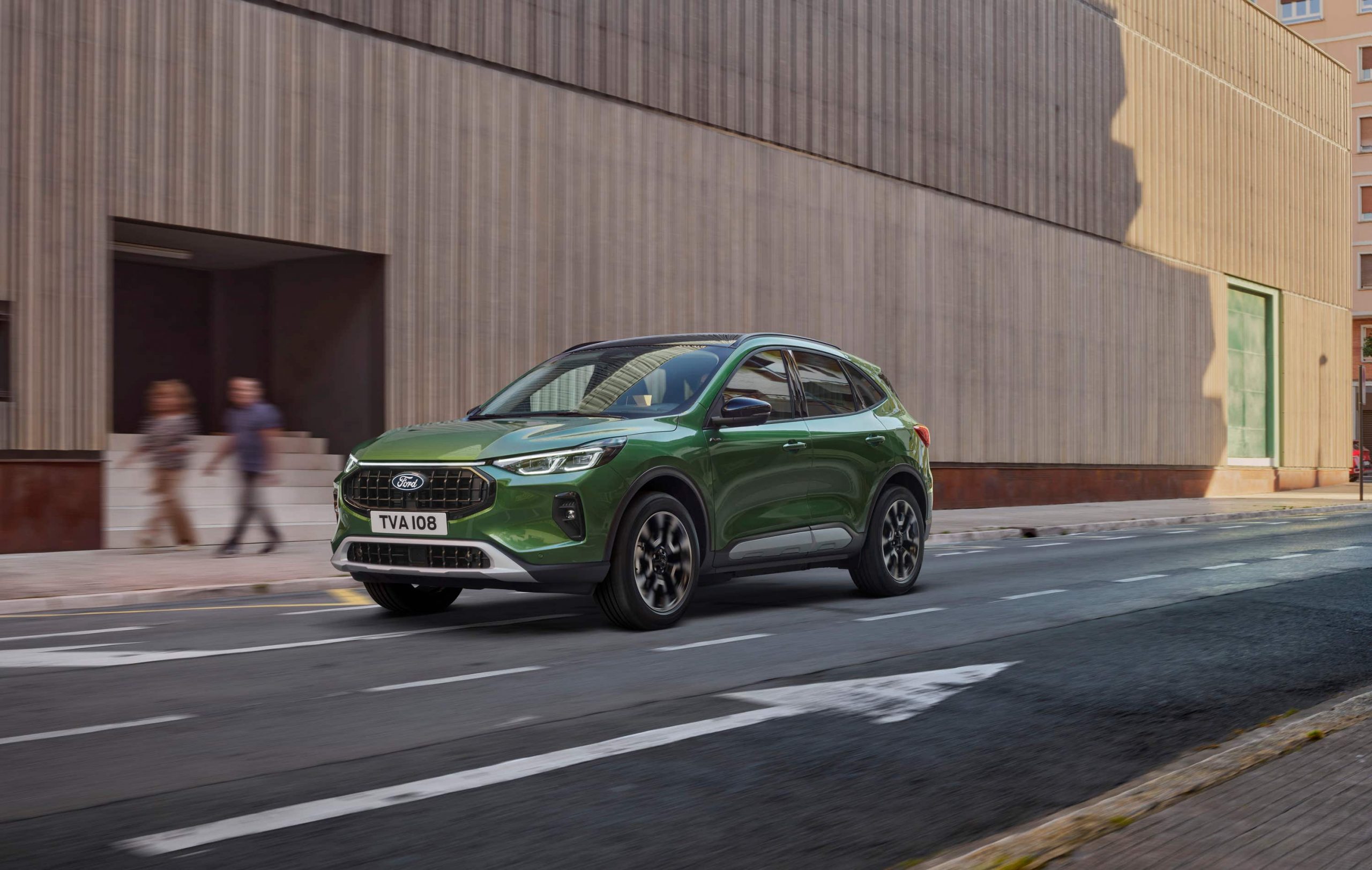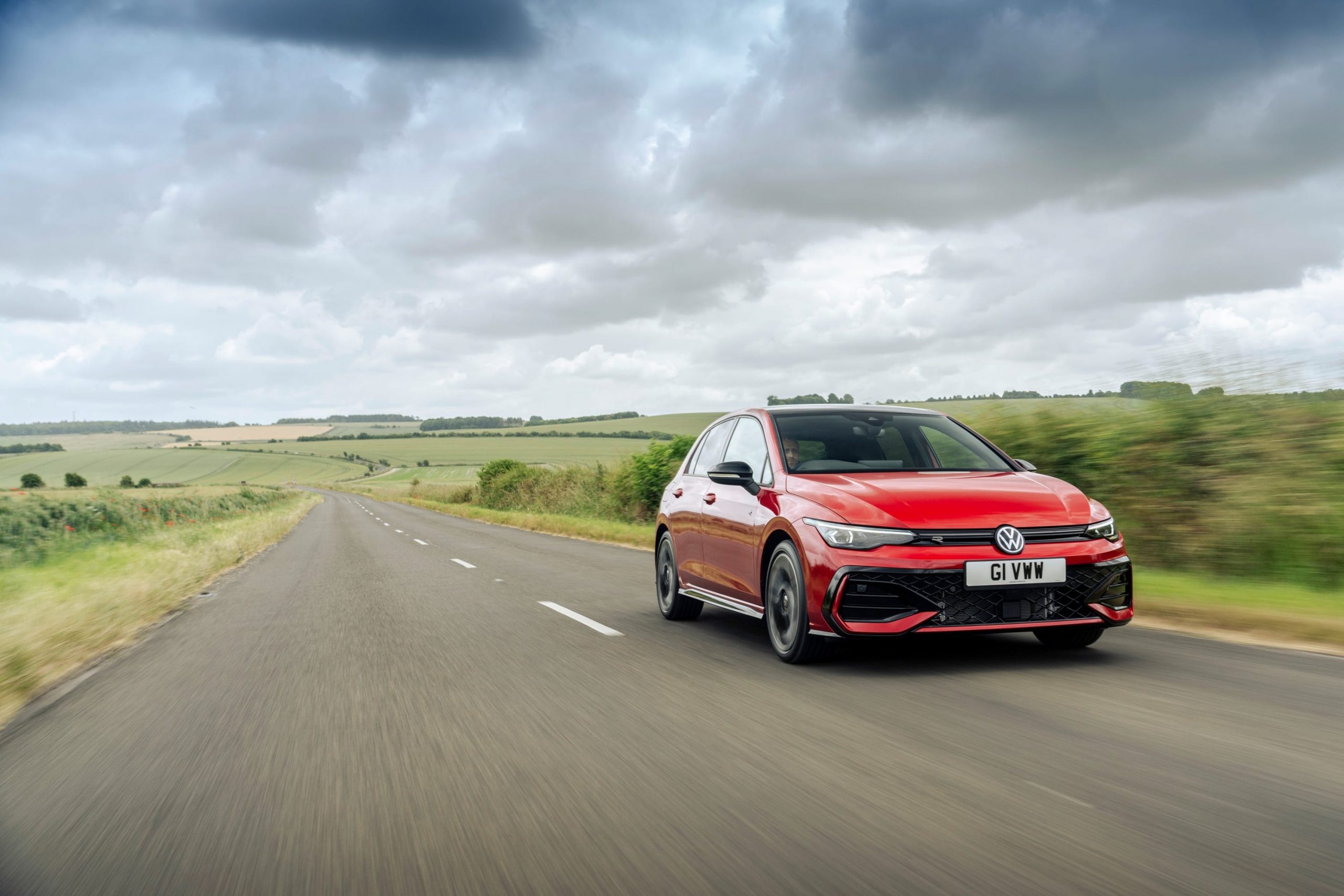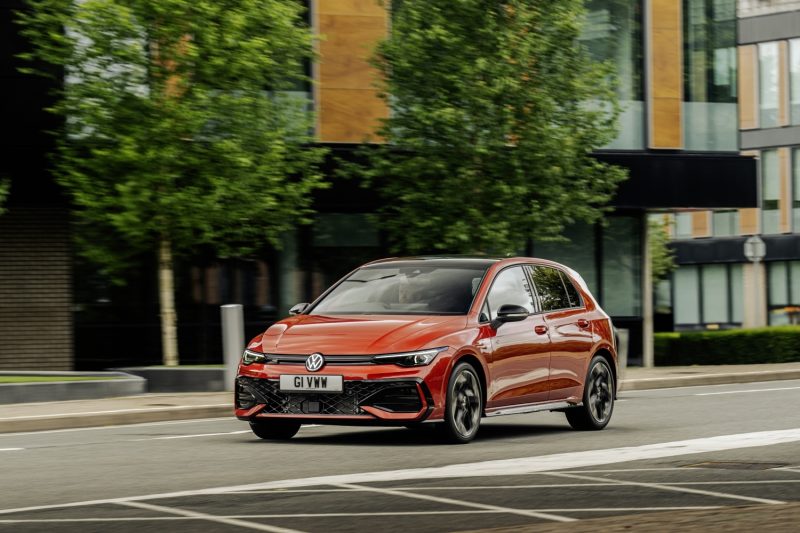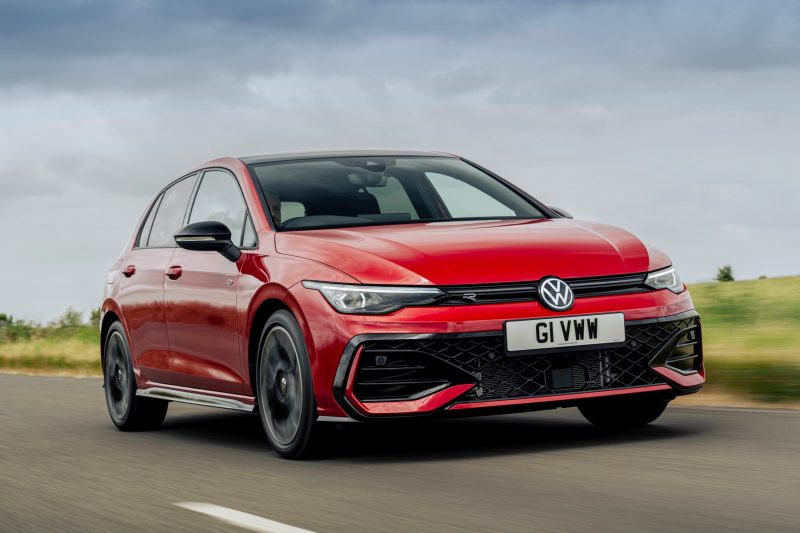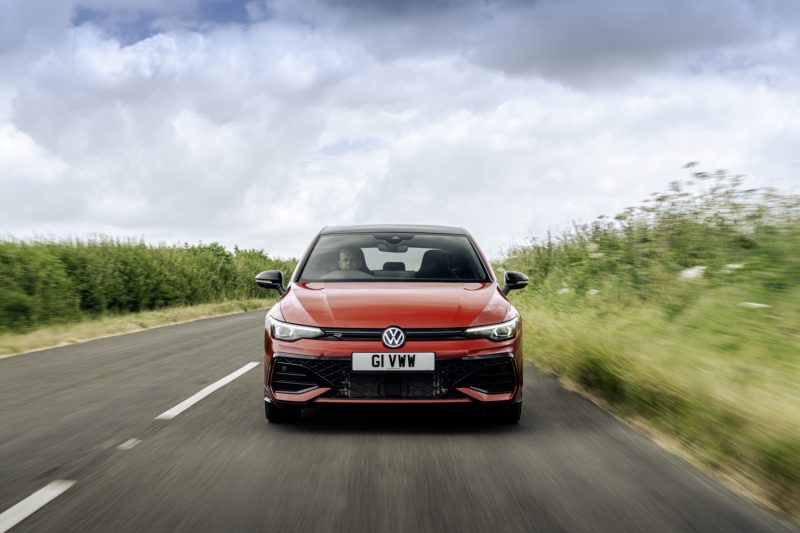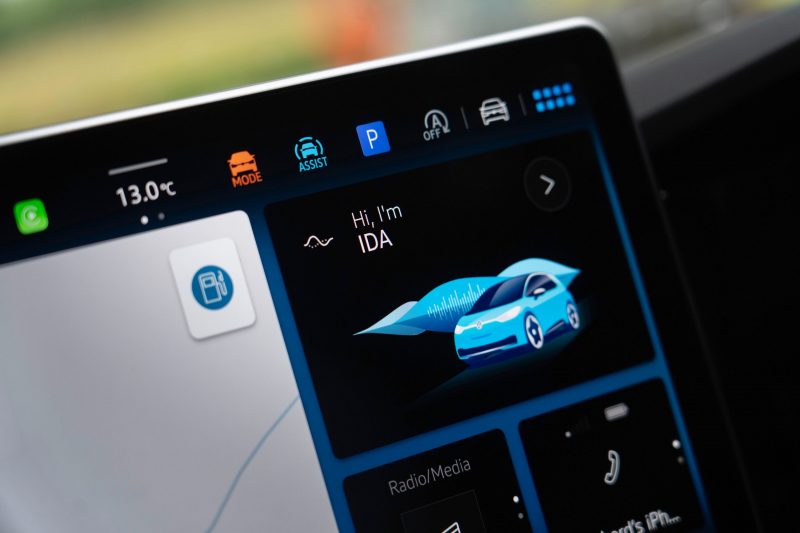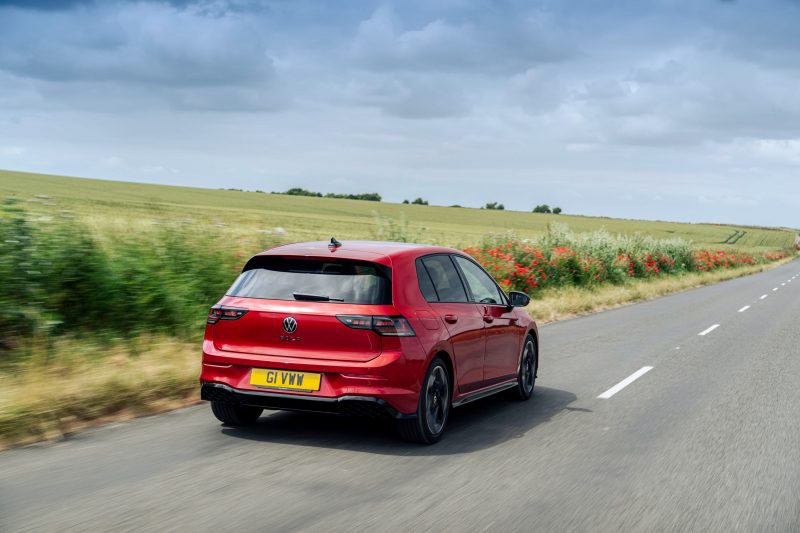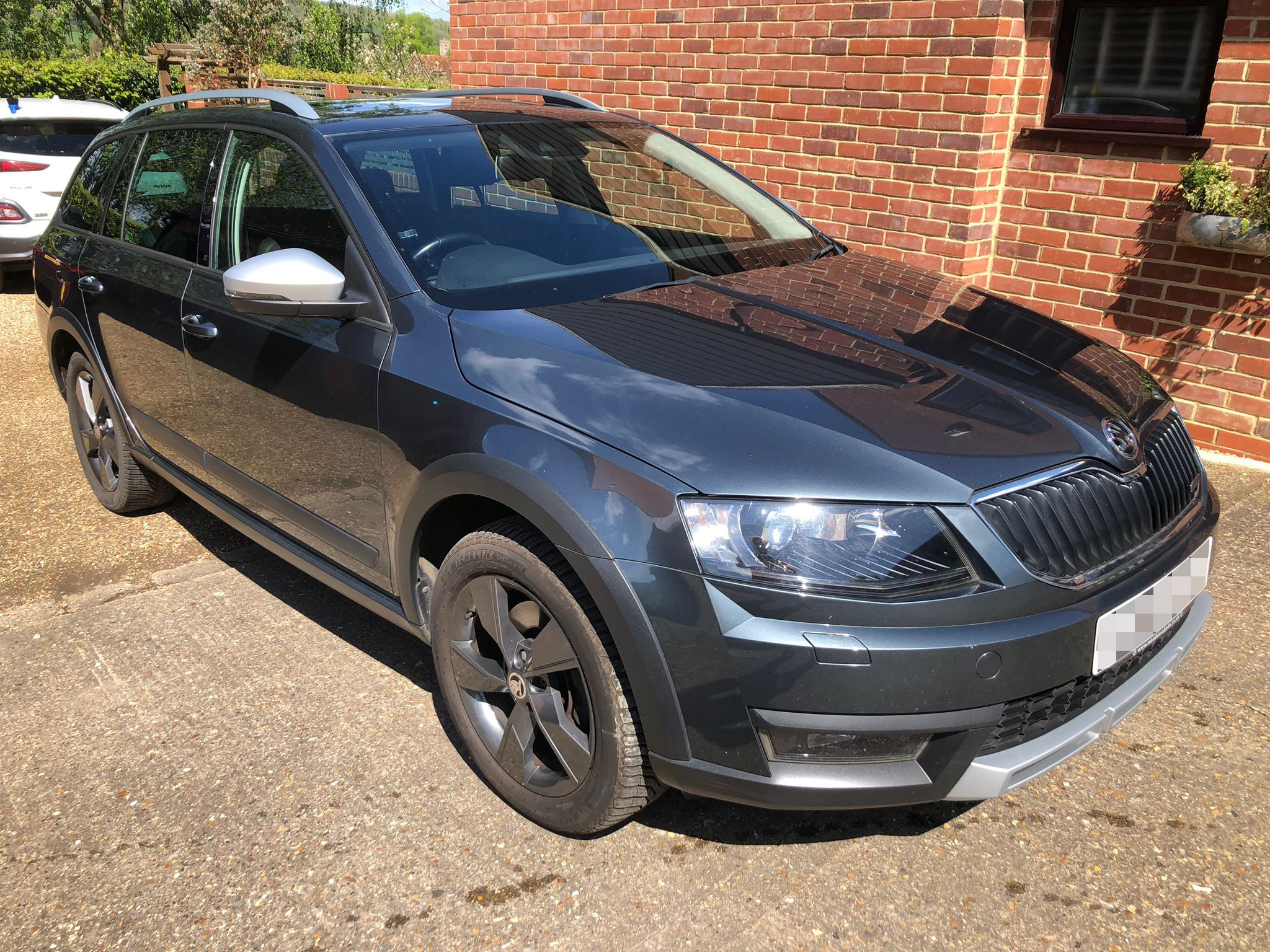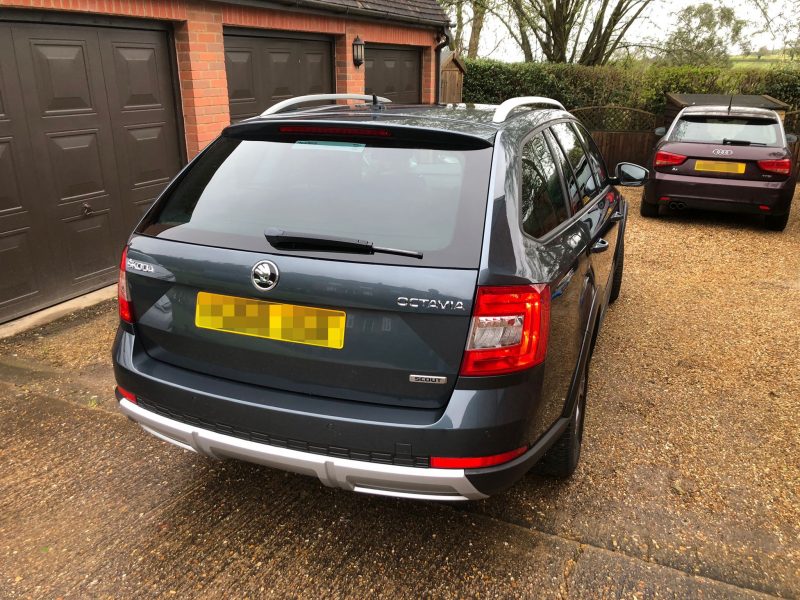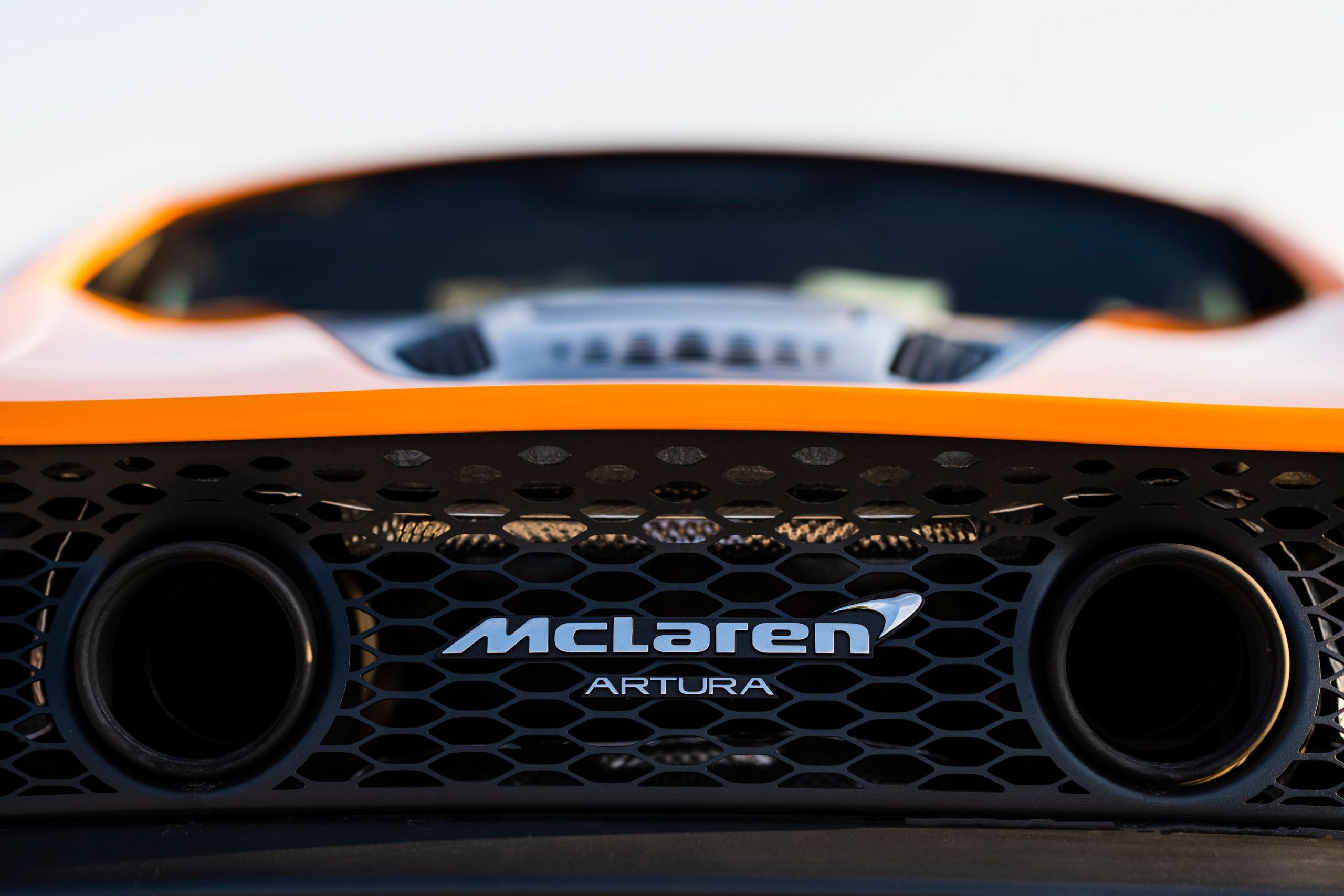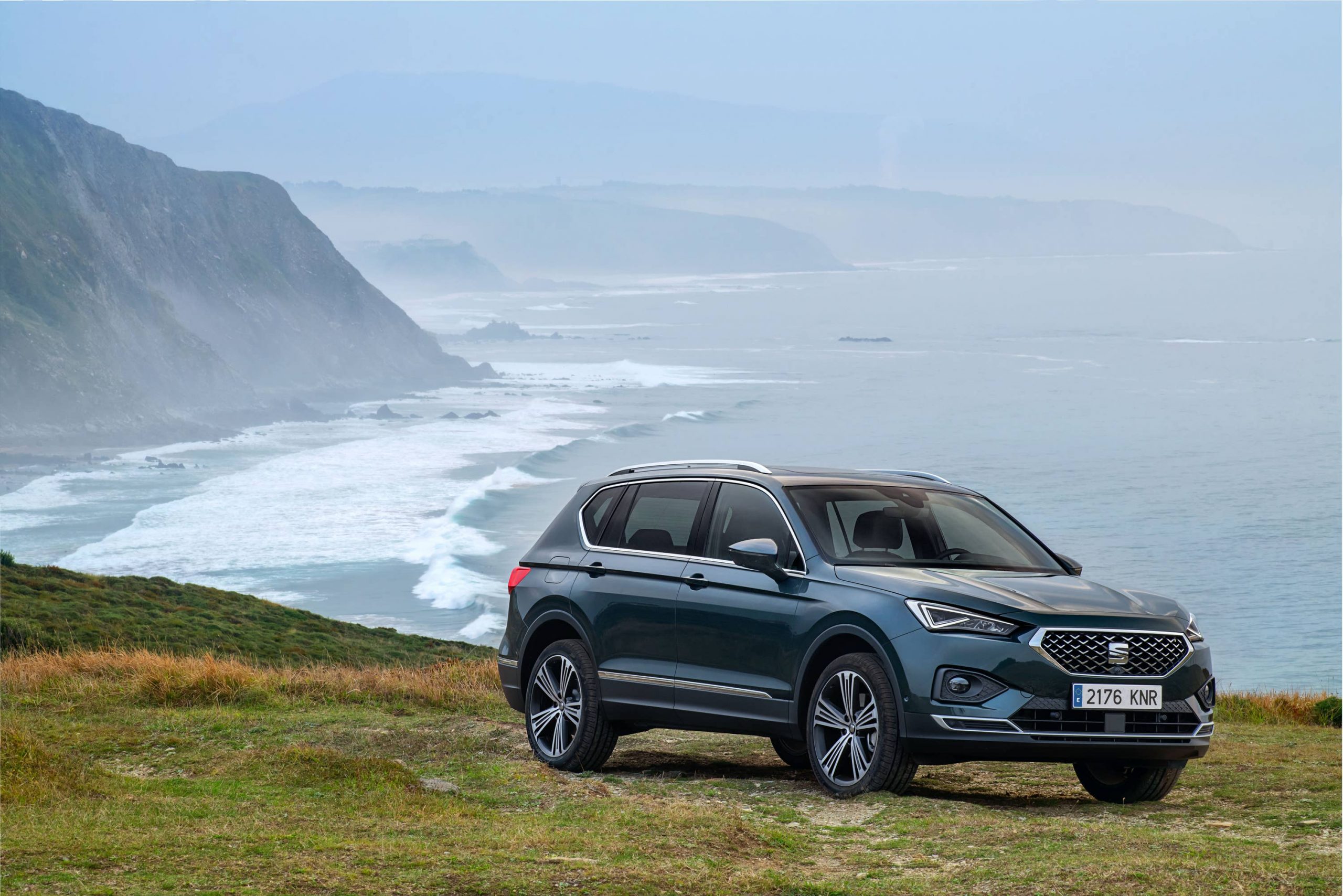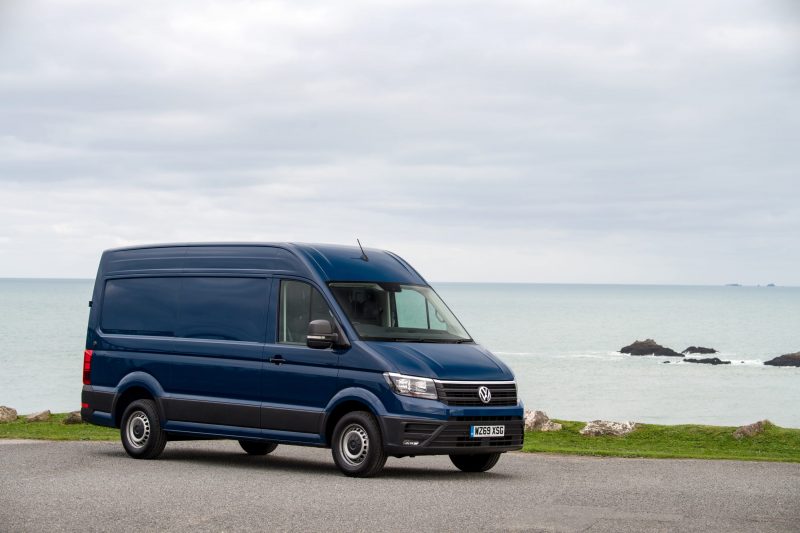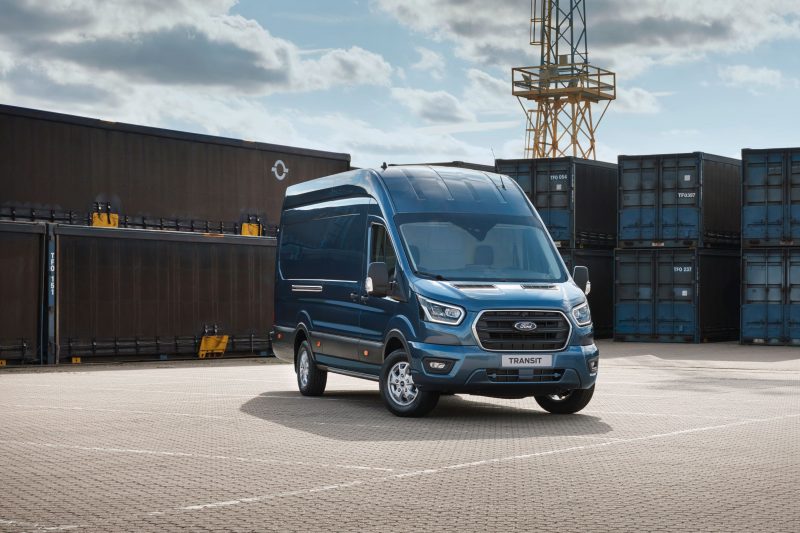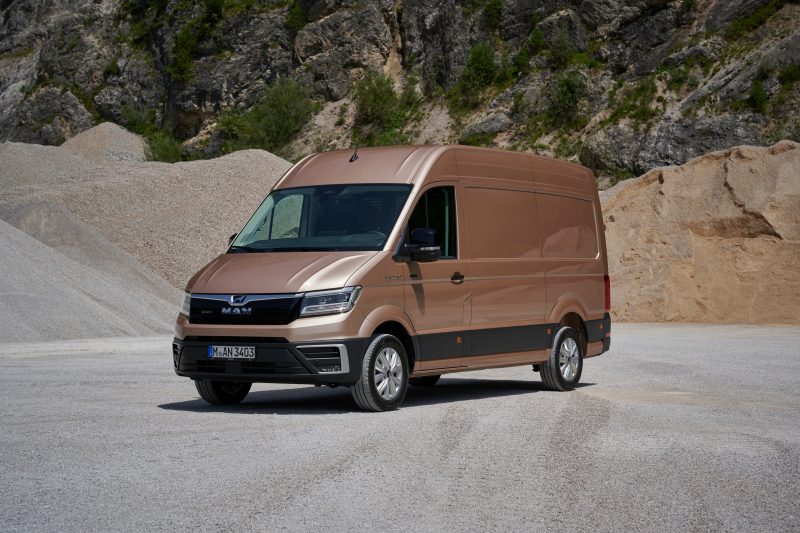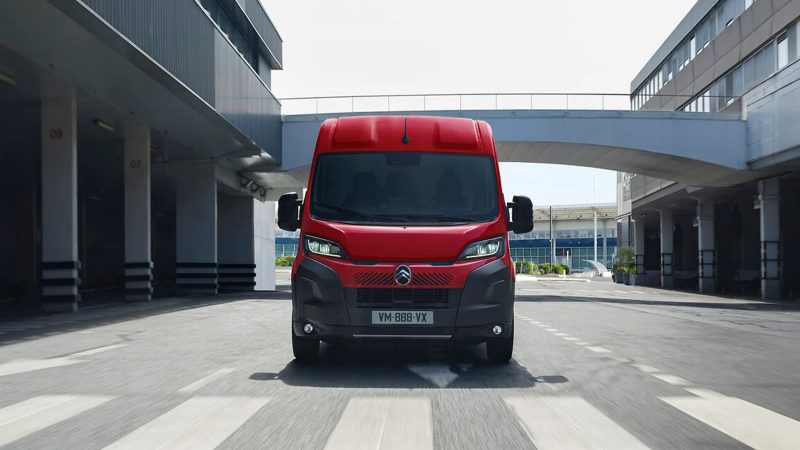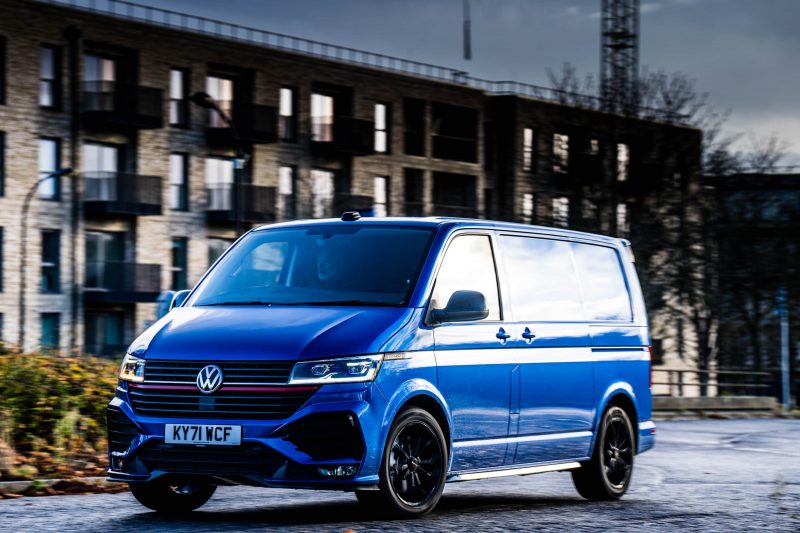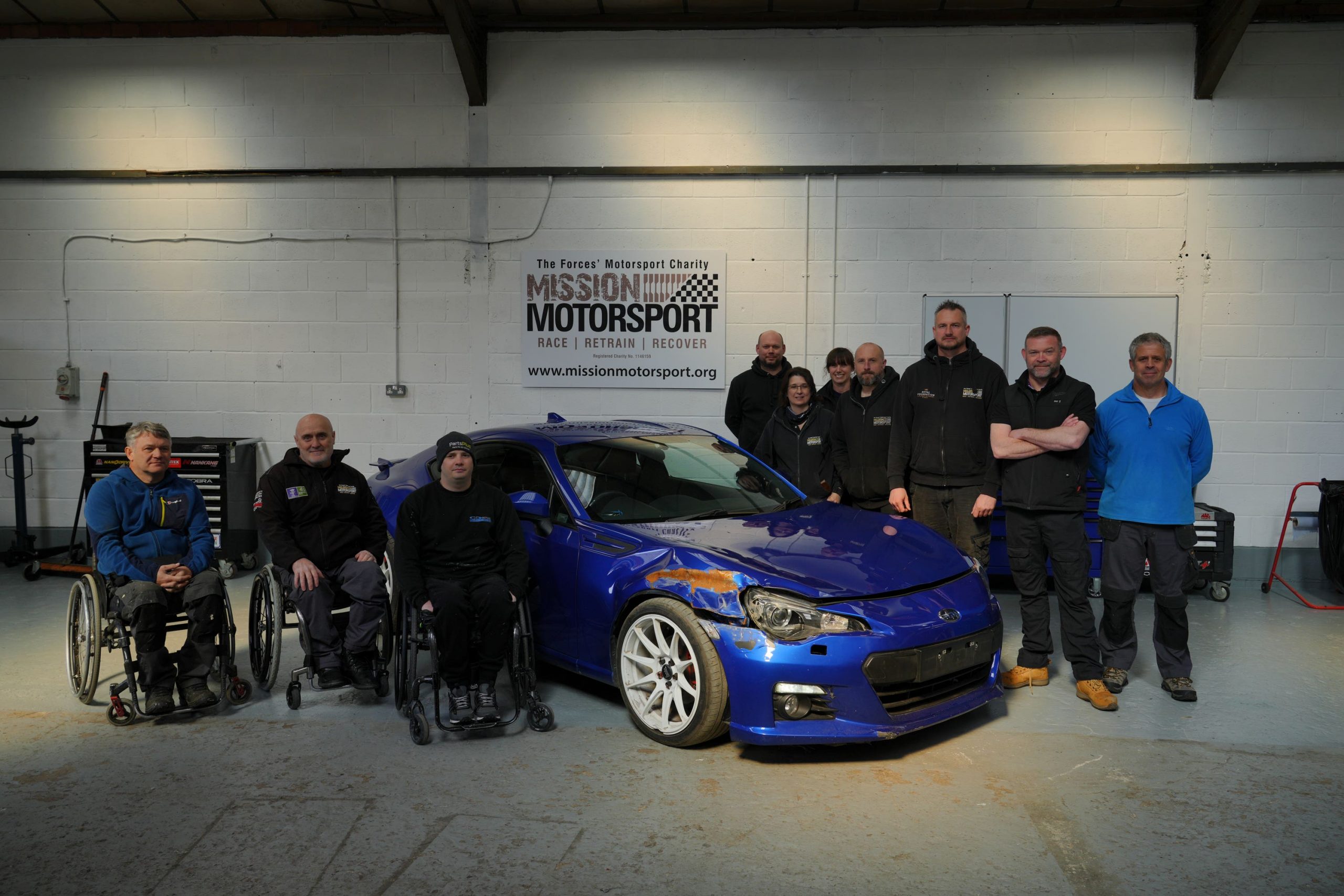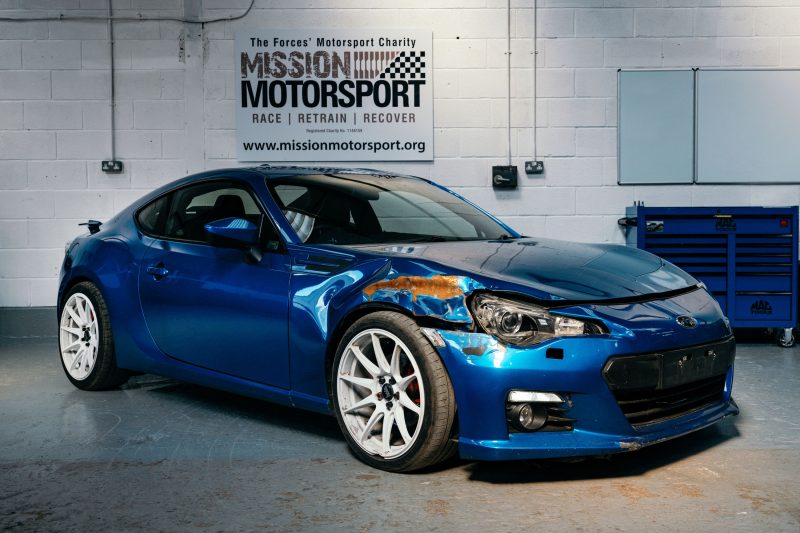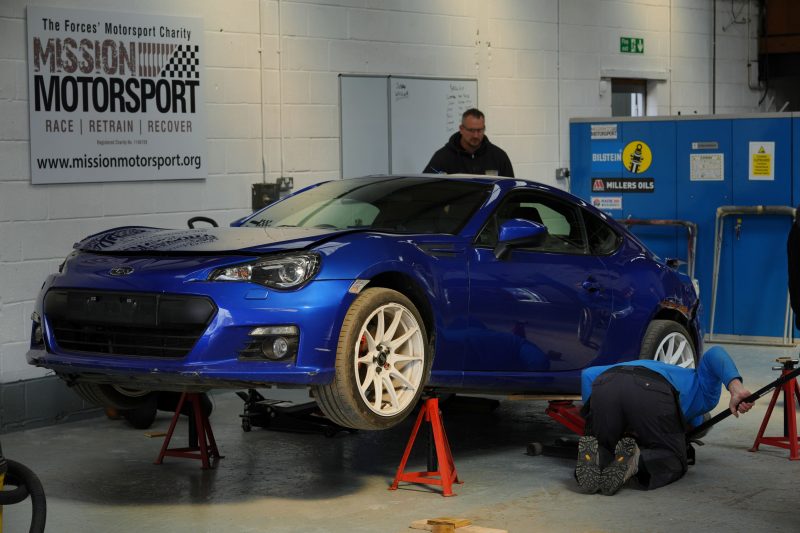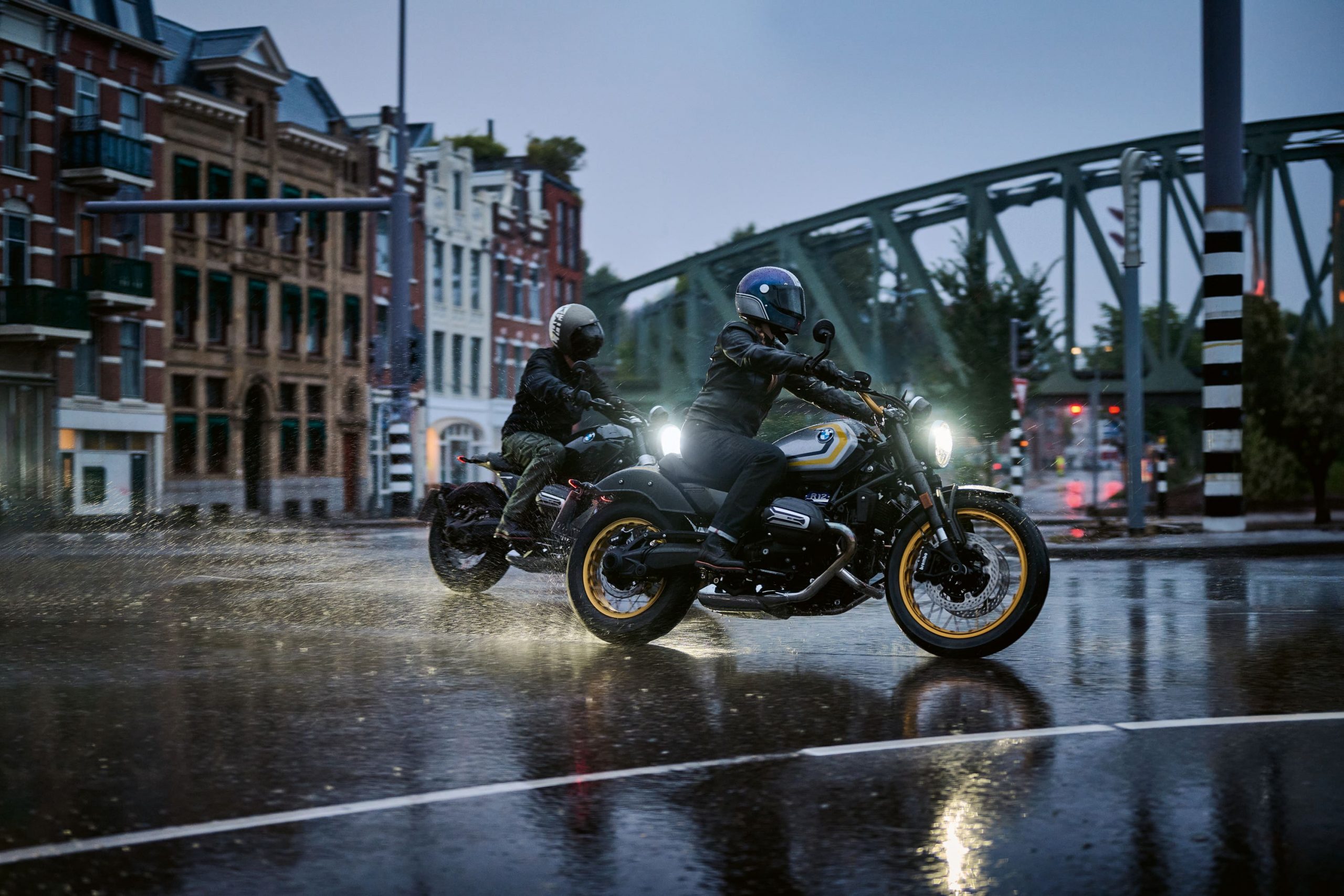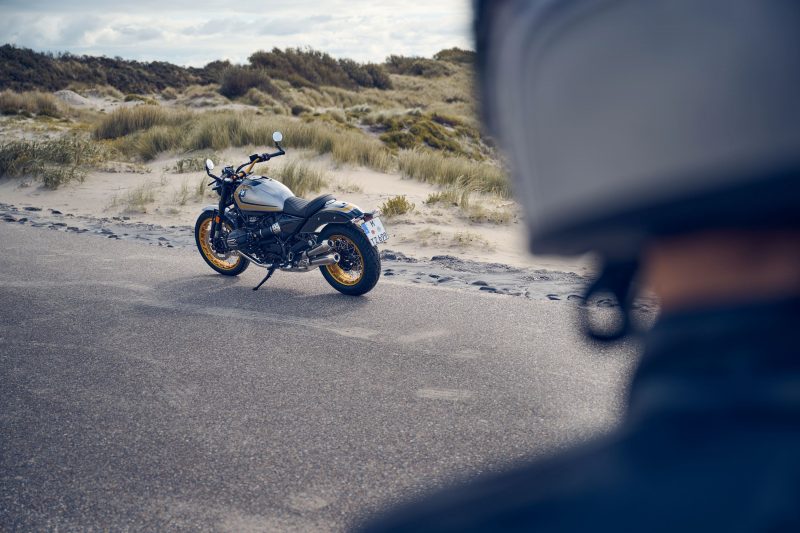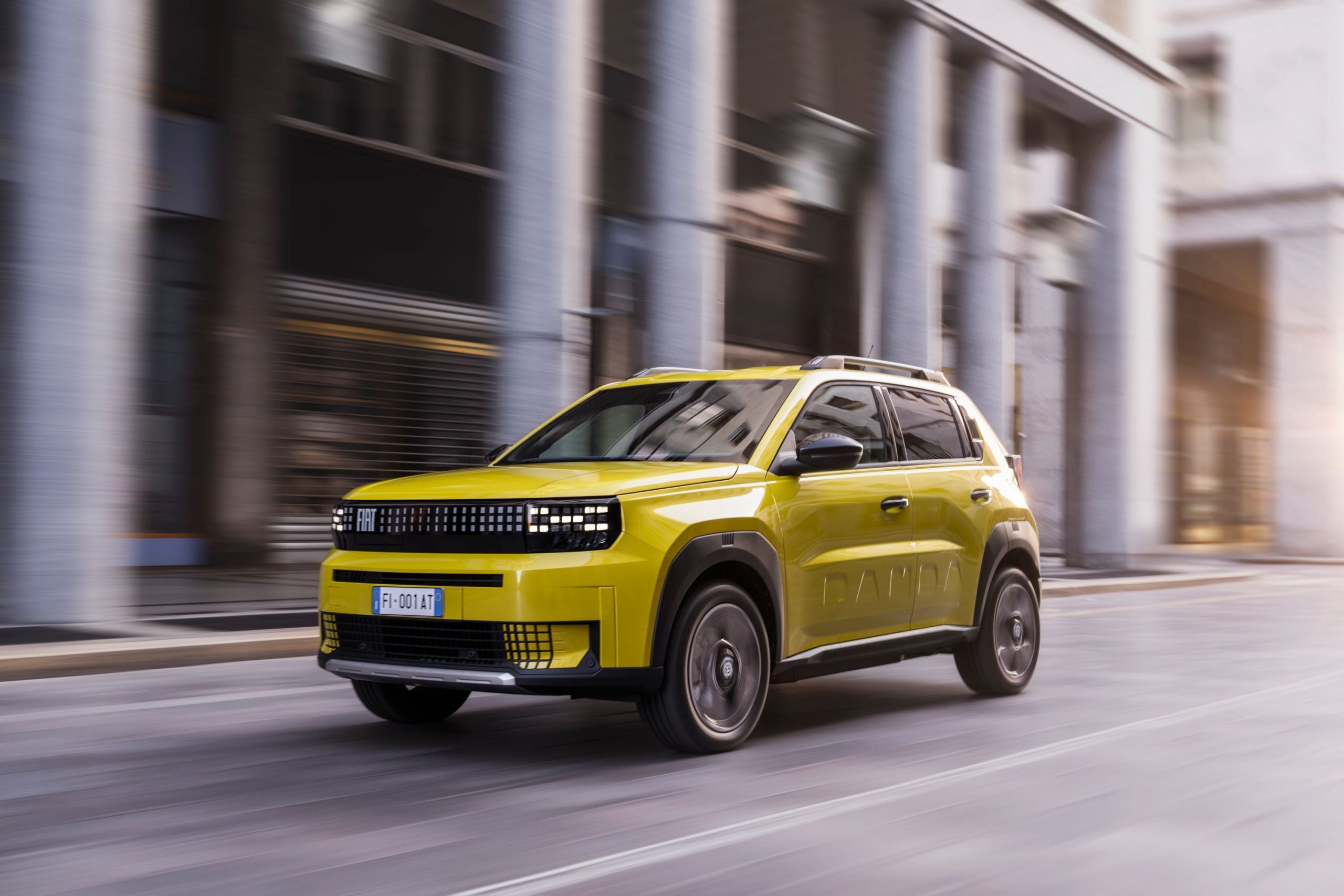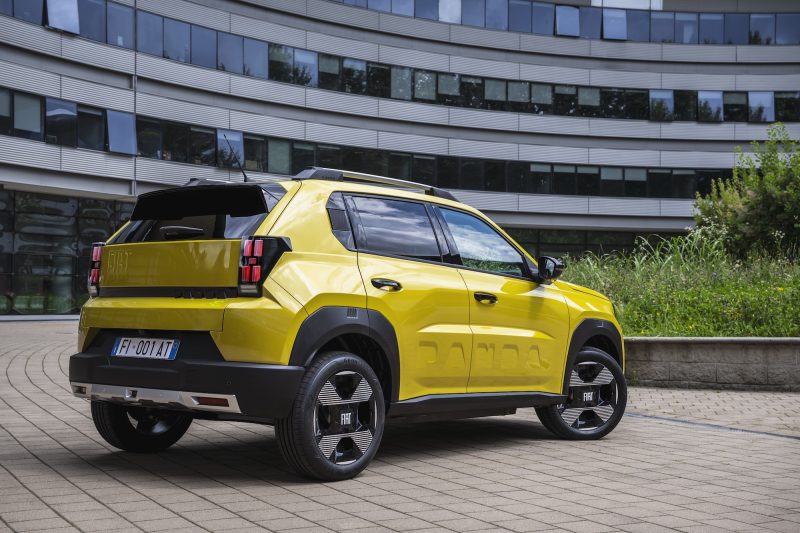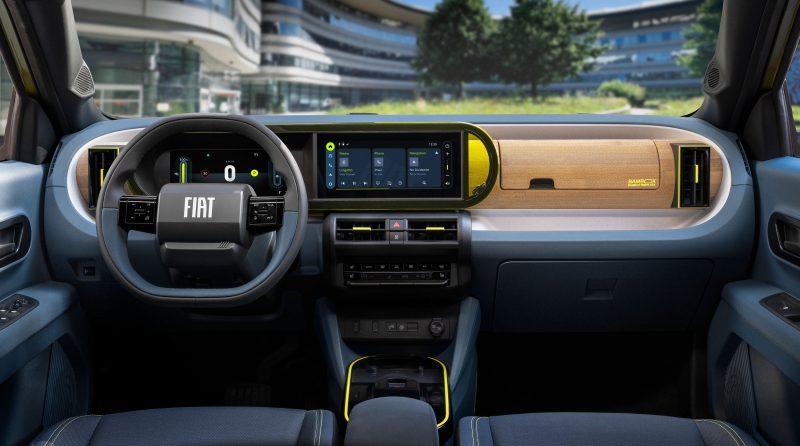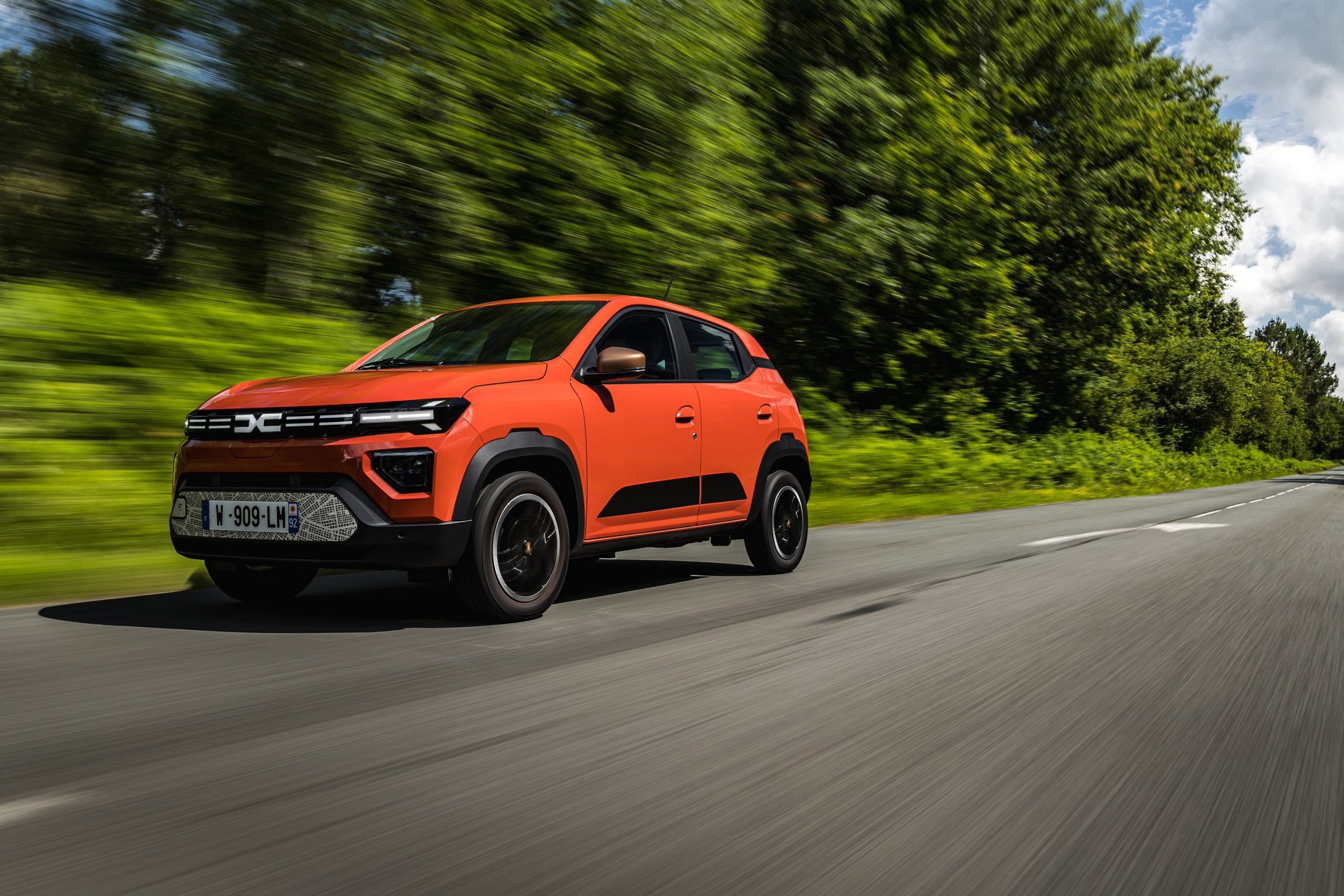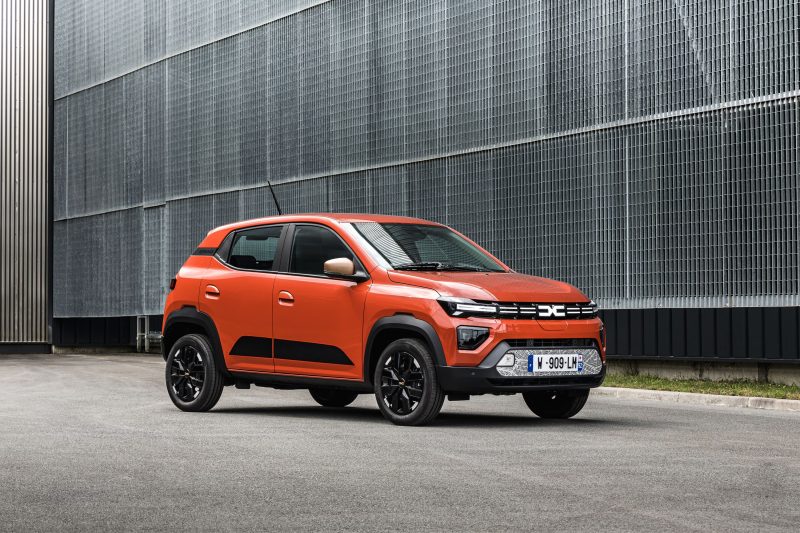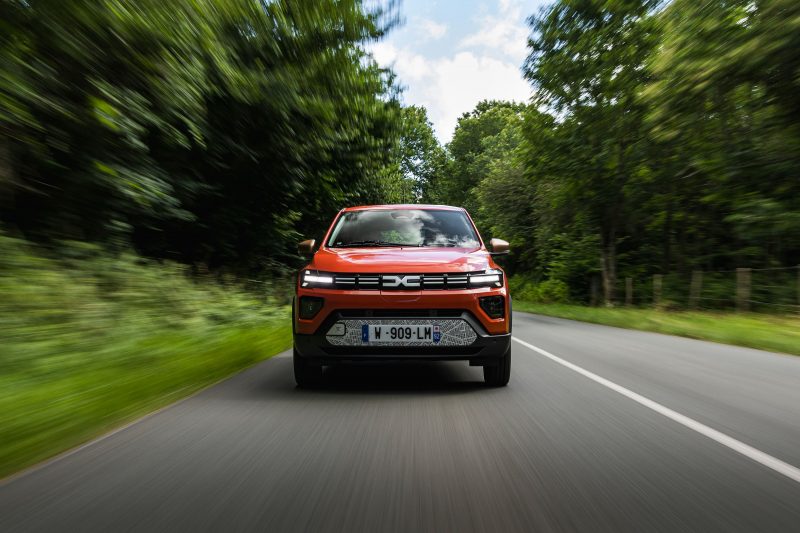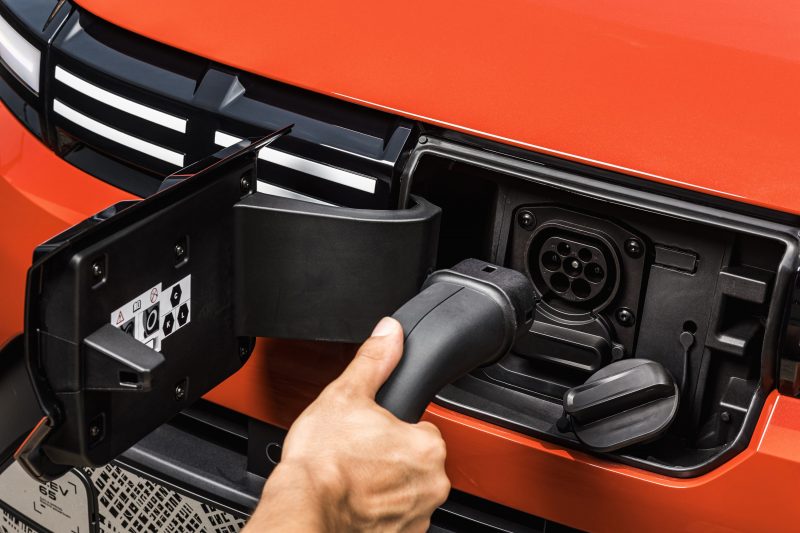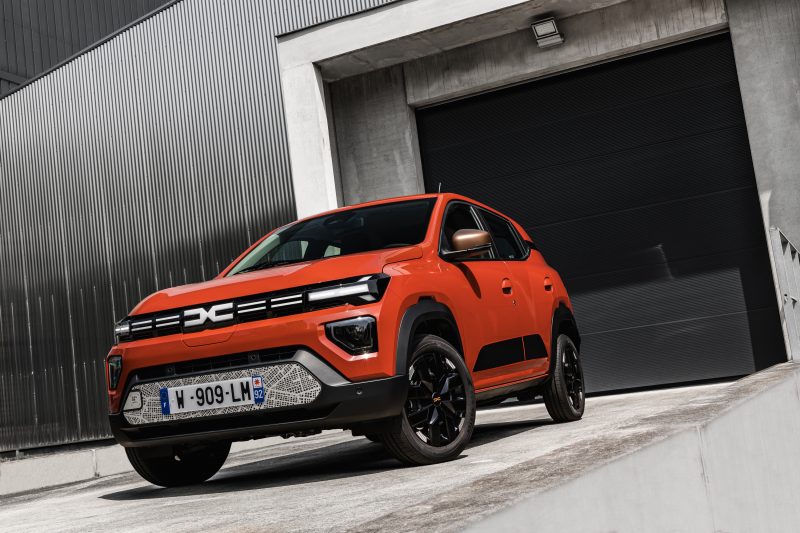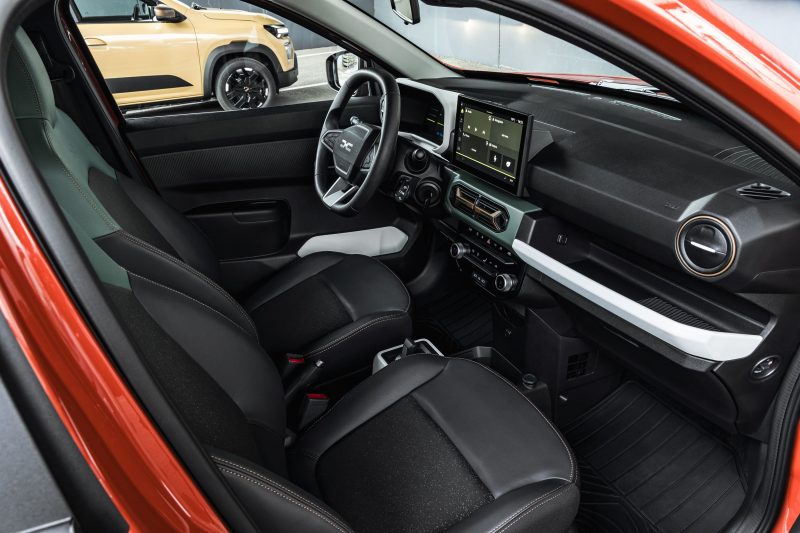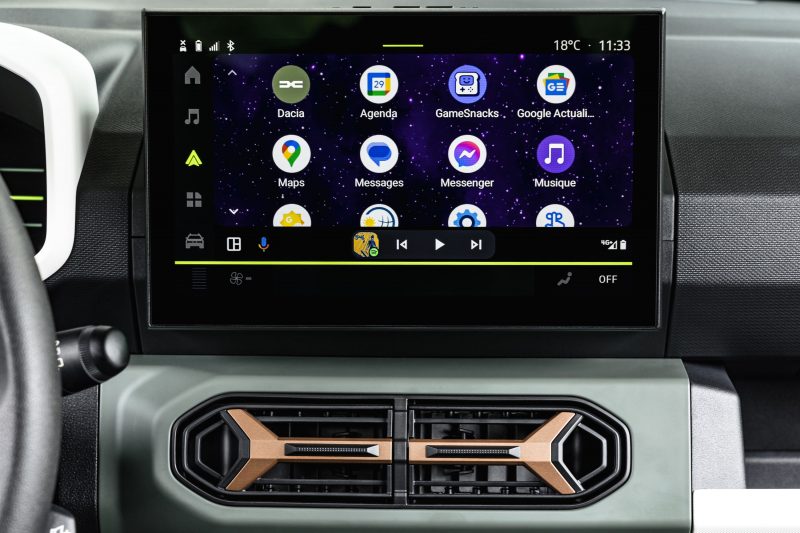With a refreshed front end and more modern interior, the new Kuga has a lot to give, but what’s it like out on the road? Cameron Richards finds out.
What is it?
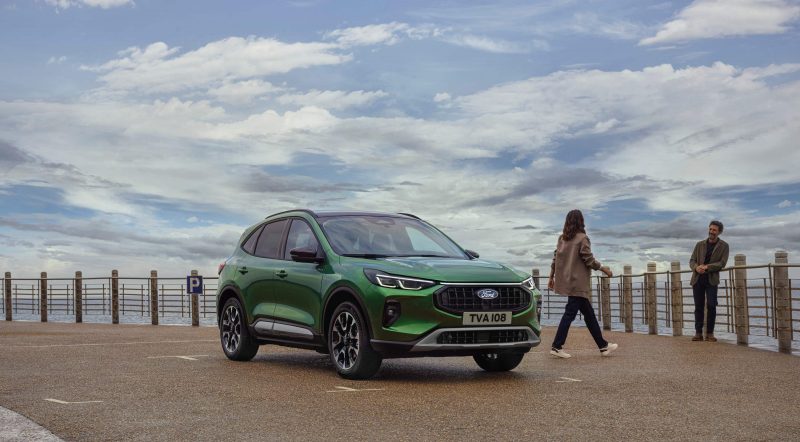
The Ford Kuga has been around since the late 00’s as a compact SUV, and since then, it has grown in size, gained more on-board tech and has become one of the go-to choices for those looking for an engaging family car.
The third-generation model was released in 2020 and now for 2024, it has received a midlife makeover to help it stay in-line with the competition from Kia and Nissan.
What’s new?
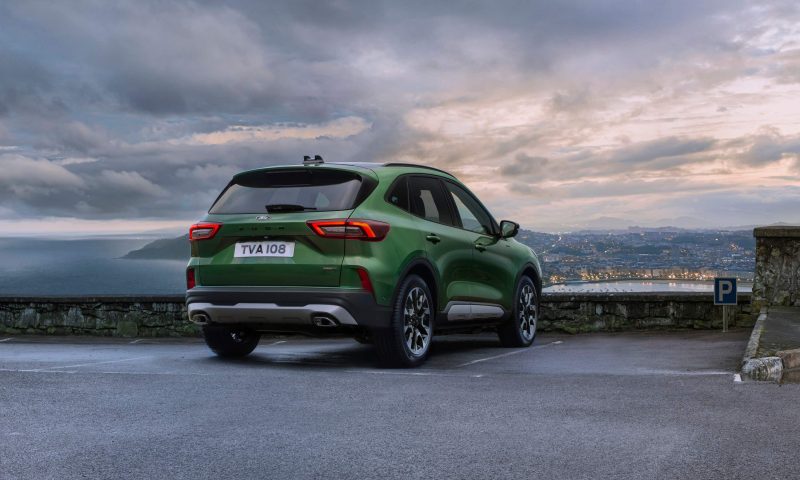
Externally, there is a gloss black grille, new headlights and light bar. The ride height has increased for better ground clearance, too, though this is still very much a road-focused SUV.
Inside, the old eight-inch touchscreen has been replaced with a 13.2-inch infotainment display that Ford calls its Sync 4 unit. Furthermore, the instrument cluster has been updated and increased in size to a 12.3-inch digital display.
What’s under the bonnet?
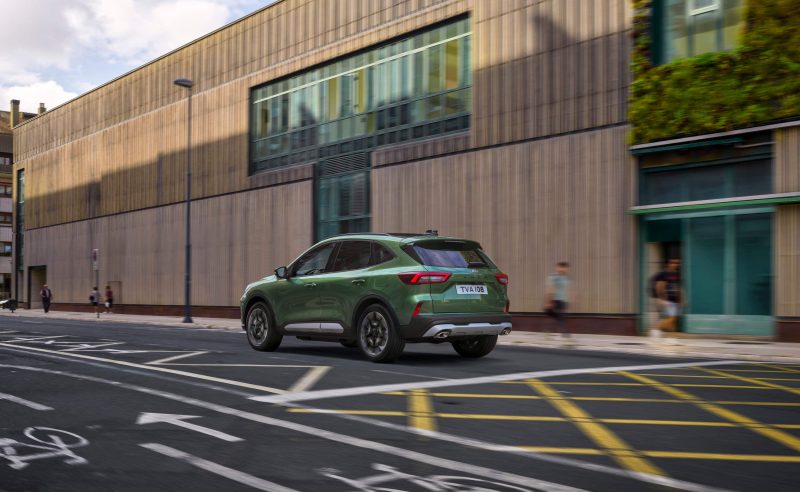
The Kuga is available with petrol, hybrid and plug-in hybrid powertrains – Ford has ditched all diesel variants from the Kuga range, meaning that only petrol and electrified power units are on offer.
We’ve been testing the plug-in hybrid version that comes with a 2.5-litre Duratec petrol engine that is mated to a CVT automatic gearbox and 14.4kWh battery pack that allows the Kuga to do 35 miles on electric driving alone. Overall power comes in at 239bhp, allowing this SUV to do 0-60mph in 7.1 seconds and a top speed of 125mph.
What’s it like to drive?
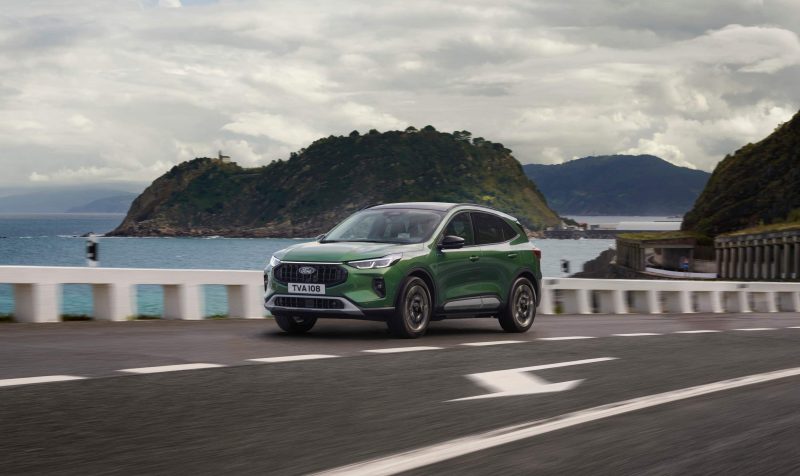
Out on the road, the Kuga impresses in a lot of areas. Take it on a long trip and it is very relaxing to travel in. The ride is well-judged and the cabin is nicely insulated from road and wind noise. At speed, the car performs well, is very quiet and largely composed on the motorway.
Fuel economy is excellent, too, with our plug-in hybrid test car averaging 60mpg no matter if you’re driving in town, the open road or on a long run.
Take it on a twisty road and the handling is precise, has a good feel to it and there isn’t too much body roll considering that the Kuga is quite a tall vehicle.
In town, the plug-in hybrid system makes good use of its electric motor with very little input from the petrol engine. It helps to make it easy to drive while having the nifty by-product of boosting efficiency.
All the controls are easy to operate and visibility is excellent due to the large windows. However, the thick b-pillars do obstruct your view of other cars when changing lanes on motorways. Also, when driven hard, the engine and CVT gearbox start shouting and screaming which can be unpleasant. Drive the car in Sport mode, and although it sharpens the handling and throttle response, the engine just wants to rev out which can be annoying.
How does it look?
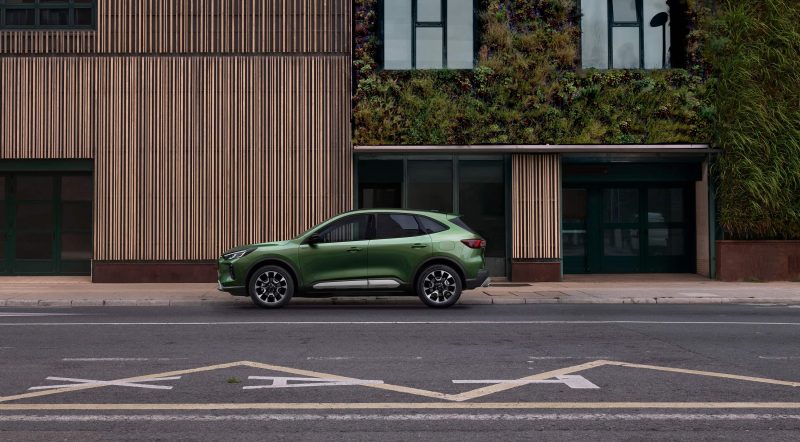
We’ve been testing the rugged Active model that gives you lifted suspension and plastic wheel arch trims. From any angle, the Kuga is a good looking car. Our car came with the optional Bursting green paintwork, which makes it really stand out and gives it an individual presence.
The side profile is housed by lower body mouldings finished off in silver trim and the gloss black roof bars and roof match the front grille colour, too.
The redesigned front headlights have a wraparound effect and at the back, there are some real exhaust tips – you’ll find no ‘fake’ plastic versions here.
What’s it like inside?
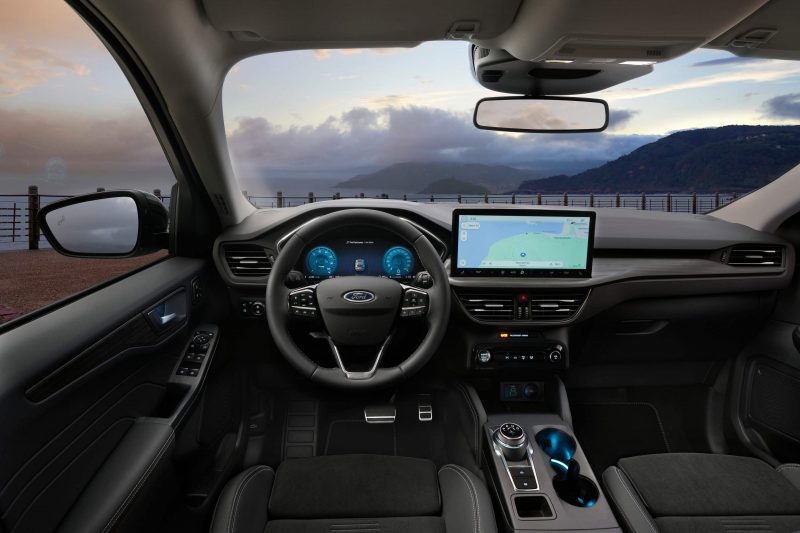
Inside is a mixed bag. Aesthetically, it’s a stylish a minimalist affair, however dig a bit deeper and you’ll find hard scratchy plastics on the rear door panels, glovebox and centre console, which doesn’t reflect in the car’s £42,000 asking price.
But, on the flip side, there is plenty of space inside for occupants with a vast amount of head and legroom for rear seat passengers and there’s a fairly flat floor, too. The rear seats slide forwards for more boot space, or backwards for more legroom as well. There are large door bins and the cupholders are of a decent size. It’s just a shame that the centre storage bin is a little small and the glove box is not the biggest.
The touchscreen interface looks great and is fairly easy to use and even though the climate control buttons are integrated into the display, they’re on the screen permanently making them easier to use. However, Apple CarPlay was a bit temperamental and it struggled to connect to devices or adjust volume without glitching.
Our plug-in hybrid model has a smaller boot than the normal hybrid to make way for its batteries at 628 litres, but it’s still bigger than a Nissan Qashqai or Kia Sportage. Fold the seats down and the space extends to 1,534 litres, it’s just a shame there’s a fairly large ridge between the boot floor and seats when they are folded down.
What’s the spec like?
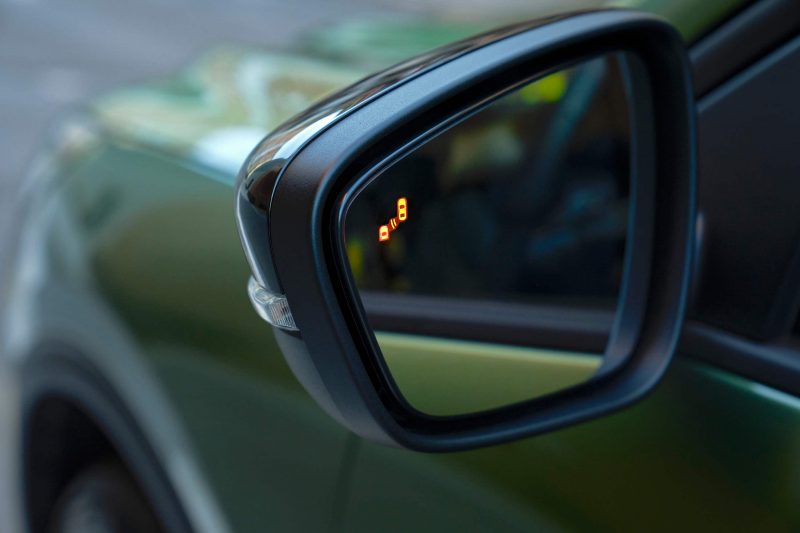
The Kuga comes in plenty of permutations that offer a vast amount of standard equipment, with Titanium, ST-Line, Active and ST-Line X.
We were testing the Active model which is priced at £38,965 and gives you lifted suspension, black mirror caps and roof, 18-inch diamond cut alloy wheels and part leather and Alcantara seats.
The flagship ST-Line X is yours for £39,705 and offers a heated steering wheel and seats front and rear, 19-inch alloy wheels and an electric sliding glass sunroof.
Verdict
On the face of it, the Kuga just looks like every other SUV. But, scratch beneath the surface and this facelift has improved the looks and on-board tech.
It’s great to drive with excellent handling and refinement as well as being able to be practical and make good use of its space.
The plug-in hybrid model is also very economical and its decent 35 miles of electric driving range isn’t bad either.
The cheap feeling plastics let it down, but we can forgive it for being a great all rounder and one that should be on your shopping list if you’re in the market for a midsize SUV with green credentials.
Facts at a glance
- Model as tested: Ford Kuga Active PHEV CVT
- Price as tested: £41,955
- Engine: 2.5-litre petrol with 14.4kWh battery
- Power: 239bhp
- Torque: N/A
- Top speed: 125mph
- 0-60 mph: 7.1 seconds
- MPG: 61.5
- CO2 emissions: 123g/km
- Electric range: 35 miles
By Cameron Richards

